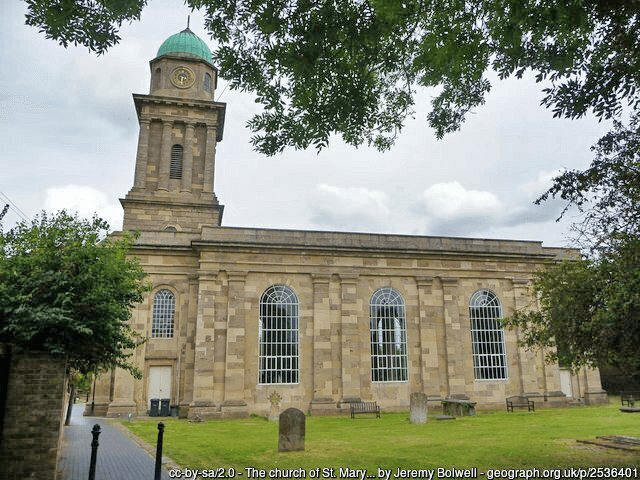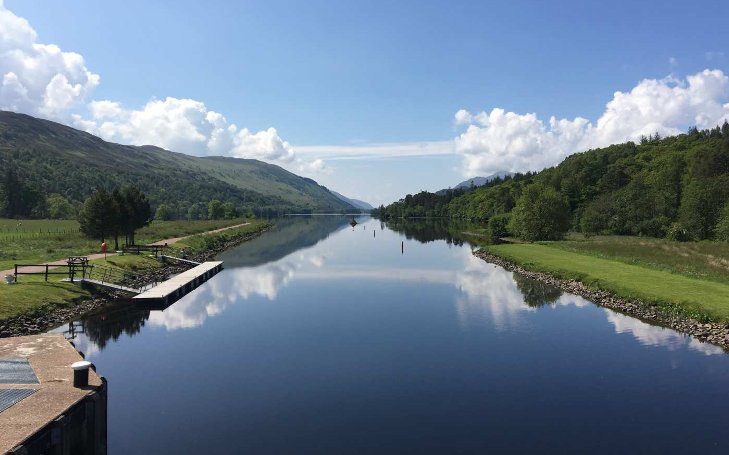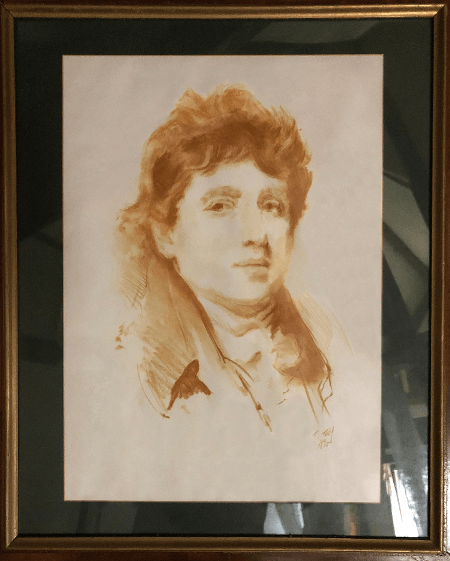Thomas Telford
Learn more about Thomas Telford's work, from the Menai Suspension Bridge to the Pontcysyllte Aqueduct, found on trails across the UK.
Thomas Telford
https://www.contours.co.uk/thomas-telford
by Karen Simons
I have a great fondness for Thomas Telford. Although I was aware of his many achievements, he came to life for me when we moved into his old house in Bridgnorth. It was easy to imagine him working in his study overlooking the River Severn below, where one of the many bridges that he designed crossed the Severn there in front of him.
Then, at the end of the street, a short walk from the house, was the massive church of St Mary Magdalene, which he built on the site of an older church. As you walk on the Severn Way, it dominates the skyline, perched high up on the sandstone cliff above the town.

Telford, a civil engineer in the late 1700s and early 1800s, was raised in poverty but established himself as an architect of such standing that he was buried in Westminster Abbey.
His work was so prolific that you will come across examples of it throughout the United Kingdom — and on many of our trails.
Whilst constructing the Ellesmere Canal, Telford designed the magnificent Pontcysyllte Aqueduct, now a UNESCO World Heritage Site. He found new ways of working, such as using boiling sugar and lead as a sealant, as he built this masterpiece.
.png)
On Offa’s Dyke Path, you will walk over the aqueduct on the footbridge aside the water carrying its floating craft. It is one of the highlights of the walk: a memorable experience. You may also notice the plaque dedicated to Telford, which states that the aqueduct cost £47,000, or £4 million at today’s prices.
.png)
Telford moved onto improving communications in his native Scotland, including building the Caledonian Canal.
The Caledonian Canal is a 60-mile waterway that links the Scottish west coast at Fort William with the east coast at Inverness. The canal makes use of four lochs formed in the natural fault line of the Great Glen, the longest and most famous of which is Loch Ness. This is the path of the Great Glen Way, following the waterway with 29 locks, four aqueducts and ten bridges.

Another interesting road project led Telford to cross the centre of the Isle of Arran, where previously the only means of transport was around the coastline.
In Wales, many bridges and highways were completed, but a huge challenge was to cross the Menai Strait from mainland Wales onto the Isle of Anglesey.
This was achieved by building the Menai Suspension Bridge, the longest suspension bridge of its time. It is still a stunning piece of engineering and yet another example of Telford’s brilliance. You can spot the bridge from the Anglesey Coast Path and the Llŷn Coast Path.
.png)
Along with the house, I inherited a portrait of the great man. It hung in the hallway to remind any passing custodian of the building that Thomas Telford once lived and worked there. He was a humble boy who was born on a Scottish hill farm, whose father died soon after he was born and who was apprenticed to a stonemason at 14.
This started a stellar career of pure genius, most of which was self-taught, and for which he became the first President of the Institute of Civil Engineers.


Managing Director
Walking is both mine and my dogs’ greatest pleasure.